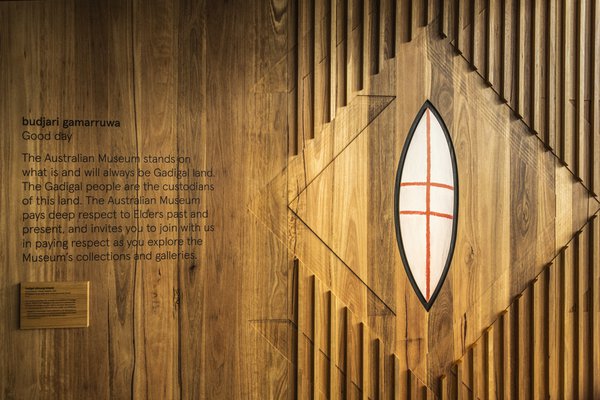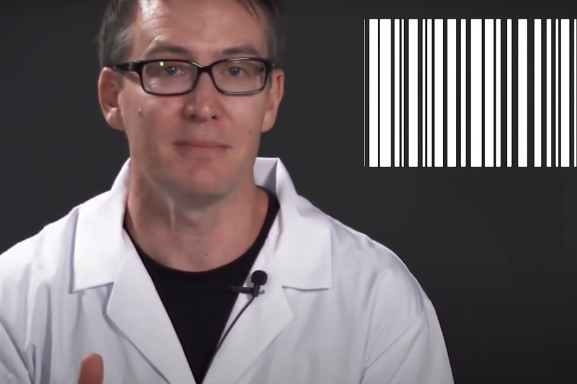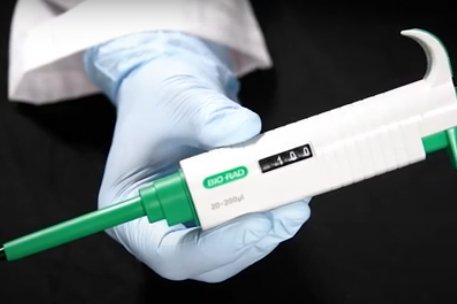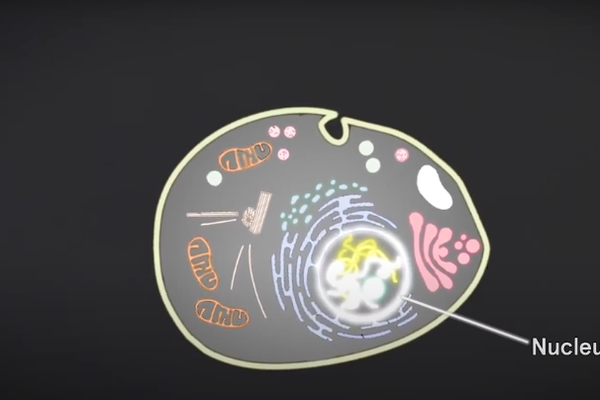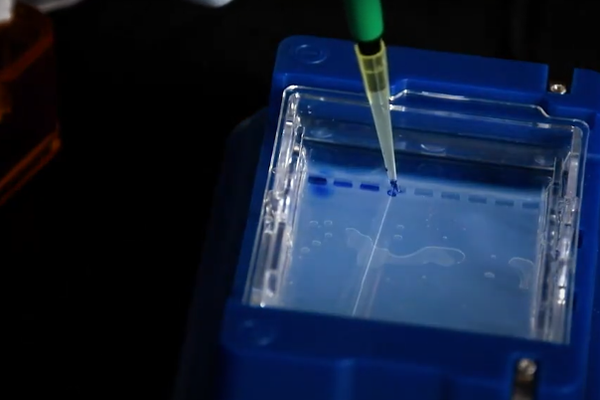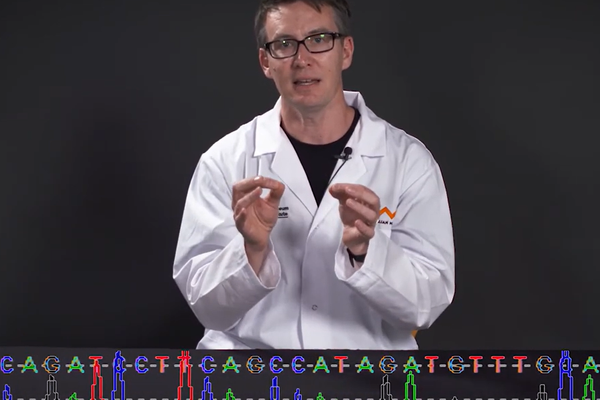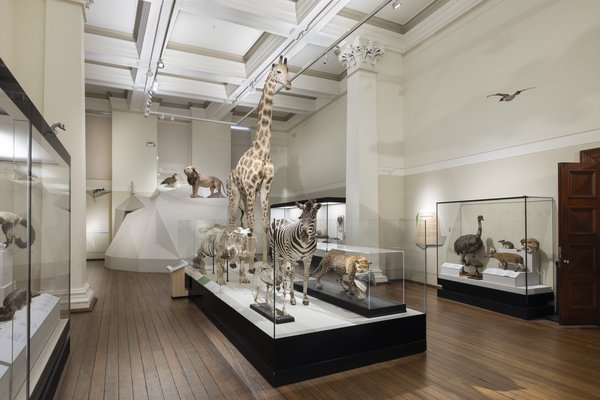DNA barcoding: Secondary unit

-
Audience
Secondary school -
Learning stage
Stage 5 -
Learning area
Science -
Type
Learning unit, Learning resources
On this page...
DNA barcoding is a genetic technique that scientists at the Australian Museum use to identify species and measure biodiversity. Use this series of video to learn more about laboratory 'tools of the trade', good scientific practice, and technologies used in DNA extraction, gel electrophoresis and DNA sequencing.
3D animations by Dr Andrew Lilja and A/Prof John McGhee, 3D Visualisation Aesthetics Lab, UNSW Sydney.
Learning intentions:
- explore genetic technologies used to manipulate DNA
- understand how DNA barcoding can be used to visualise genetic profiles
- conduct scientific experiments to extract and use DNA to solve mysteries.
- identify patterns in DNA sequences
Success criteria:
- I can identify the uses of genetic technology to visualise DNA
- I can discuss how genetic technology is used to manipulate DNA
- I can collaboratively conduct experiments using DNA to solve mysteries.
- I can identify patterns in DNA sequences
NSW Syllabus
Stage 5 Science
Knowledge and Understanding
Genetics and evolutionary change
SC5-GEV-02 Explains how DNA is responsible for the transmission of heritable characteristics and can be manipulated through genetic technologies
Working Scientifically Skills
SC5-WS-01 Selects and uses scientific tools and instruments for accurate observations
SC5-WS-04 Follows a planned procedure to undertake safe, ethical, valid and reliable investigations
SC5-WS-05 Selects and uses a range of tools to process and represent data
SC5-WS-06 Analyses data from investigations to identify trends, patterns and relationships, and draws conclusions
SC5-WS-07: selects suitable problem-solving strategies and evaluates proposed solutions to identified problems
Engage with the activities below to support your students learning before they attend the Australian Museums education programs; Cracking the Genetic Code and Genetic Technology.
-
Before your visit
-
Acknowledgment of Country
![Gadigal Shield and Statement of Reflection]()
Learn about the importance of an Acknowledgement of Country, and write one for your school.
-
DNA: The instruction manual for life
![DNA double helix]()
Learn about the structure and function of DNA
-
DNA barcoding
![DNA barcoding video]()
Learn about the eight levels of taxonomy and the importance of DNA barcoding.
-
Using micropipette
![How to pipette]()
Learn how to use a micropipette to transfer solutions in a laboratory.
-
DNA extraction
![DNA extraction video]()
Learn about how DNA is removed from the nucleus
-
Gel electrophoresis
![Gel electrophoresis video screenshot]()
Introduction to gel electrophoresis genetic technology
-
DNA sequencing
![DNA sequencing]()
Outlines the importance of DNA sequencing.
-
-
At the Museum
-
Book a free self-led visit
![Exterior of Australian Museum building]()
Book in a free self-led visit to the Museum for your school, and use our downloadable learning resources designed to engage students in our collections and exhibitions.
-
Book an educator-led program
![Secondary Education 2018]()
Book into our Museum educator-led program Cracking the Genetic Code and Genetic Technology designed for Stage 5 Science.
-
See our exhibitions online
![AM virtual tour banner]()
Can't make it to the Museum? Don't worry, you can access our Wild Plant exhibition online.
-
-
After your visit
-
Review
![Wild Planet]()
Think back on your experience at the Australian Museum and use the revision questions to help lock in what you learned about genetics
-
Research a genetic technology
![ACWG DNA Labs 2015]()
-

